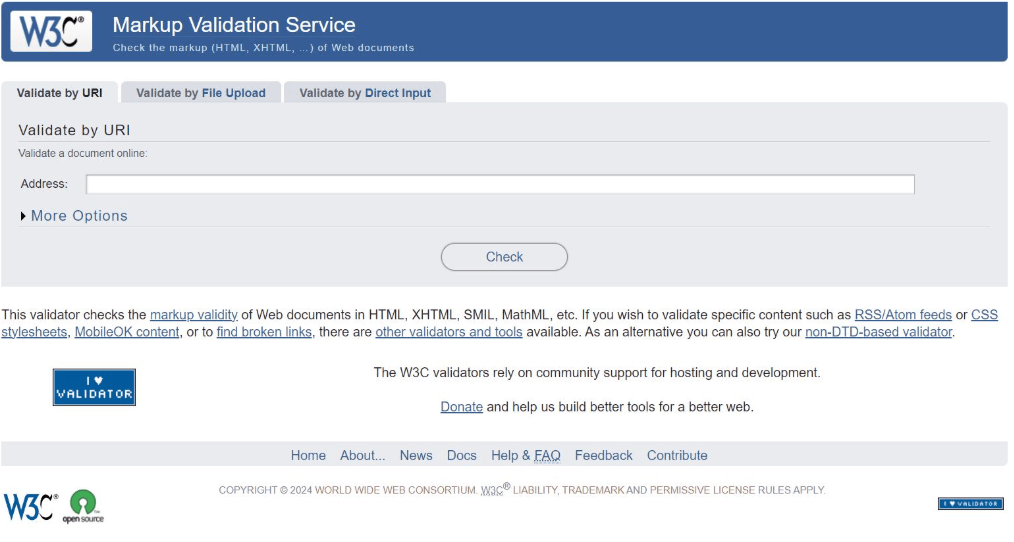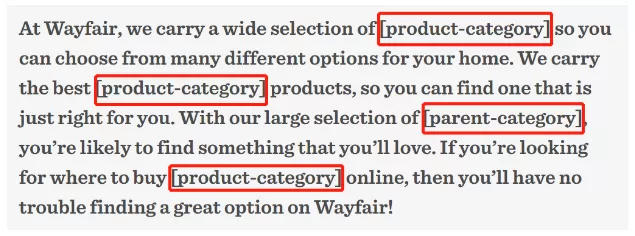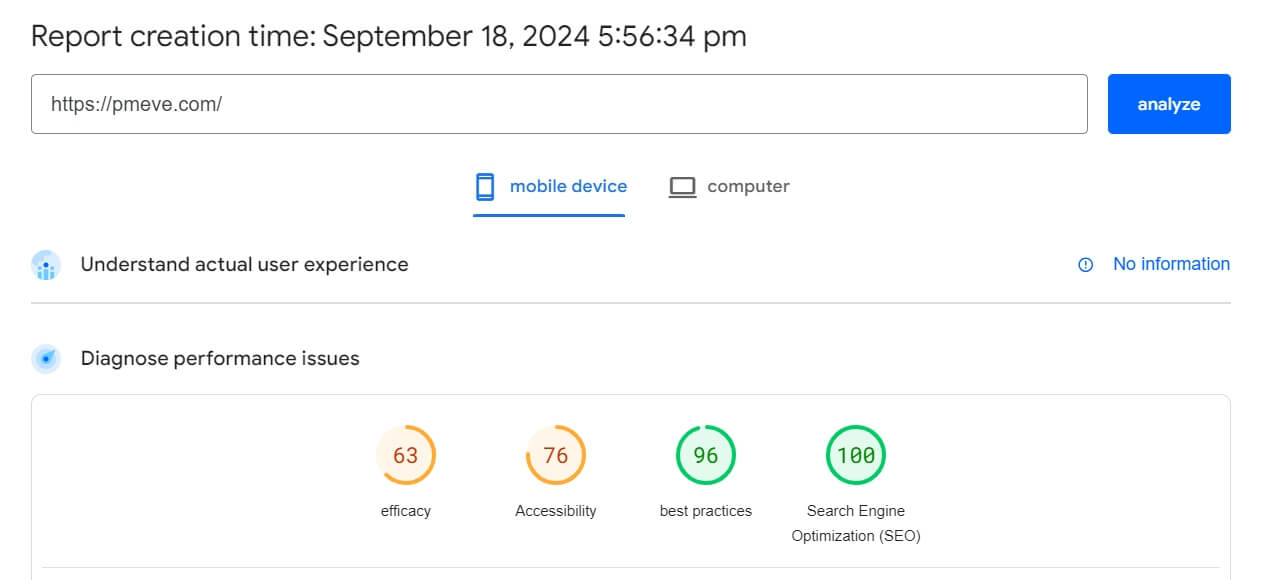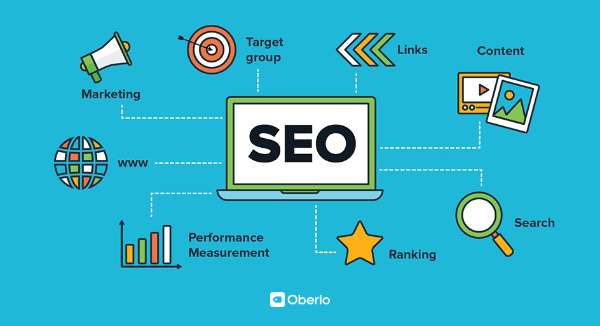In the world of SEO, content plays a crucial role in driving organic traffic and improving search rankings. As Jake Munday, co-founder of Custom Neon, states, "Relevant, engaging, and even fun content on your website can extend visitor engagement time, ultimately boosting search rankings." This guide provides a checklist for optimizing your website content for SEO, helping you create a strategy that attracts both search engines and users.
Content SEO Optimization Checklist

15. Develop a Content Marketing StrategyBuilding and executing a comprehensive content marketing strategy can take months, but if you're looking for a quick start, follow these steps:
Think about the questions your customers might have. When customers browse your product categories without much familiarity, what questions are they likely to ask?
Use keyword research tools to match questions with search terms. Your content ideas should align with what people are actually searching for.
Help customers get more value from your products. Have you noticed how many stores sell food items alongside simple recipes? This is a clever strategy for many products. Customers often aren't experts in using the products they've purchased and may not know how to get the most out of them.
Chris Zacher, SEO strategist at Intergrowth, emphasizes, "Blogging is important because it shows Google that you know what you're talking about."
He further explains, "If the content you publish on your site is helpful and informative, visitors will share it, and other websites will link to it. This signals to Google that you're knowledgeable, an expert, and an authority in your field. If your site's technical elements are also in order, your search ranking is bound to improve."
16. Ensure Content ReadabilityConcise content is essential. However, to thoroughly answer a question and have a chance of appearing in search results, there is typically a minimum word count requirement. While most questions require at least a few hundred words, high-quality content often exceeds this count. The average word count for Google’s top 10 search results is 1,447 words.
Good content should incorporate keywords and search terms into H1, H2, and H3 headers. This practice helps Google and other search engines understand the topic, establishing your site's authority on the subject and boosting its overall ranking.
To make content easier to digest and comprehend, consider these techniques:
Add a table of contents with jump links, which can also help you earn featured snippets.
Use infographics and visuals to break up text.
Break sections into bullet points for better readability.
Add subheadings that make it easier for readers to skim.
Include a frequently asked questions (FAQ) section.
While more words can sometimes lead to higher rankings, quality is always more important than quantity. Avoid adding unnecessary or irrelevant text unless it adds value to the user. Robert Lehmann, owner of Fair Wind Fasteners, emphasizes, "High-quality content incorporates keywords and search terms into the main headers, making it clear to search engines and users what the content is about, thereby improving rankings."
17. Fix Duplicate ContentAll content on your site should be original and unique to your website.
Duplicate content occurs when similar material is found across multiple URLs. This can confuse search engines, making it hard to determine which page to rank.
If you run an e-commerce store, avoid using manufacturers' product descriptions. Writing your own product descriptions not only helps reduce duplicate content but also allows you to better highlight the features and benefits of your products.
If you can't avoid duplicate content on dynamic pages, use canonical URLs to tell Google which page should be prioritized. Add a rel="canonical" link at the top of any page with duplicate content.
18. Create Dedicated Landing PagesInstead of directing users to your homepage and asking them to search for what they need, create dedicated landing pages—individual URLs focused on specific topics. Optimize these landing pages with the right keywords and formatting, so they appear in search results when people look for relevant information.
Ilia Mundut, founder of Heftyberry, explains: “It’s often challenging to get a specific product page to rank first because Amazon and Etsy usually take the top spots. The solution is to create category pages and optimize them with less competitive keywords."
Ilia applies this strategy to large plastic tubs. "You can add several products, including those that are difficult to rank for individually,” he says. "The category page will also have a description that targets informational keywords to improve rankings."
“To build topical authority, create backlinks for these category pages and link them in blog posts. In doing so, you’ve created a money-making machine.”
By following this content SEO optimization checklist, you can improve your site’s search visibility, drive more traffic, and ultimately convert more visitors into customers.







